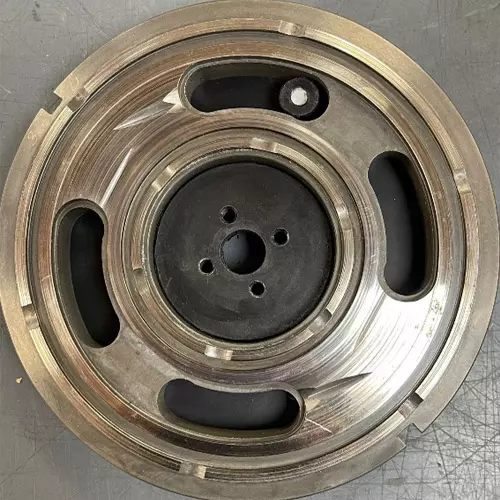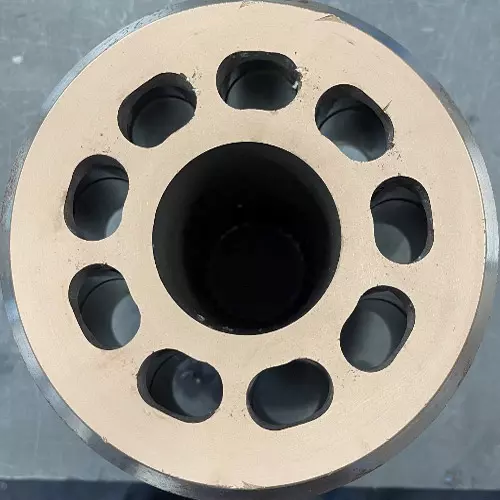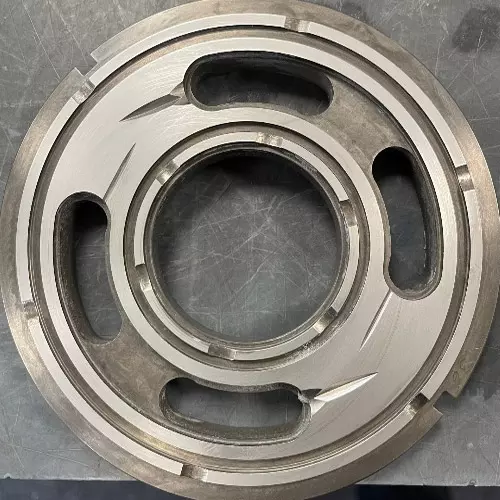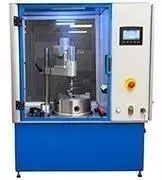Hydraulic Pump Repair, Maintenance or Servicing
Hydraulic pumps are essential components of many industrial machines and equipment. These pumps operate by converting mechanical energy into hydraulic energy, which is used to move fluids or other materials. Piston pumps and hydraulic pumps are two common types of hydraulic pumps used in a variety of industrial applications. However, over time, these pumps may experience wear and tear due to constant usage, which can result in reduced efficiency and performance.
One common method used to improve the efficiency and performance of hydraulic pumps is lapping. Lapping is a process of creating a highly accurate surface finish by rubbing two surfaces together with an abrasive material between them. This process is commonly used in the manufacturing of precision components such as valves, pistons, and cylinders. In hydraulic pumps, match lapping can improve the efficiency and performance of the pump by reducing internal leakage and improving the sealing of the piston against the cylinder walls. This can result in higher volumetric efficiency, which means the pump can deliver more fluid per unit of time. Match lapping is a process of lapping two parts together to create a precise fit. The two parts are matched to each other by lapping them together, creating a surface finish that is highly accurate and flat.
Match lapping is used to create a precise fit between the piston and cylinder walls in hydraulic pumps. When the piston moves inside the cylinder, it needs to create a seal that prevents fluid from leaking past it. If there are any imperfections on the surface of either the piston or cylinder, this can result in fluid leakage and reduced efficiency. Match lapping helps to create a precise fit between the piston and cylinder walls, which improves the sealing performance of the pump.
The lapping process involves the use of abrasive material such as diamond or silicon carbide. The abrasive material is placed between the two parts that are being lapped together. The parts are then rubbed together in a circular motion, creating a precise surface finish. The process is repeated multiple times until the desired surface finish is achieved. Lapping can be performed manually or with the use of a lapping machine. Manual lapping involves rubbing the two parts together by hand, while a lapping machine uses a rotating plate to create a consistent and accurate surface finish. Lapping machines are often used for high-precision components or for large production runs.
Before lapping pump body and swash plate


After lapping pump body and swash plate


The above process has been developed using specialised equipment and techniques to match the lap customer-supplied piston pump and remove excessive wear. The process involves the use of a Kemet SpheriMatch 2 machine, custom top tooling, 45-KD-C2 diamond paste, silicon carbide 17.3 micron paste, and Co42 cleaning fluid. The process begins by placing the pump body into a 3 jaw chuck and applying 45-KD-C2 diamond paste to both the body and swash plate. The swash plate is then placed on top, centrally located, and the sweep arm with the custom-made top hat tooling is lowered into the swash plate. The machine is then run with the programmed recipe to remove any wear or marking from the body and swash plate and match the two surfaces together. In the case of the supplied pump, the run time for this process was 10 minutes. For cases where the wear is minimal, a single process with silicon carbide 17.3 micron paste is sufficient. However, for pumps where the damage is severe and diamond compound is used, the process is repeated with the silicon carbide paste to remove any embedded diamond.
The SpheriMatch II is a machine that comes in four different versions. The first version, labeled as SpheriMatch II, has a chuck with a diameter of 250mm that comes with variable speed. It also has a servo-controlled sweep arm with programmable start and finish points, a cantilevered pressure weight system, and dimensions of 1022mm in height, 862mm in width, and 550mm in depth. This version has a 4.3-inch Unitronic HMI and PLC. The second version, SpheriMatch II+, has all the features of SpheriMatch II and comes with an abrasive stirrer and a WM FD114 peristaltic pump. The third version, SpheriMatch II Driven, has the same features as SpheriMatch II but with a driven head. The fourth version, SpheriMatch II+ Driven, has all the features of SpheriMatch II+ but also comes with a driven head.

